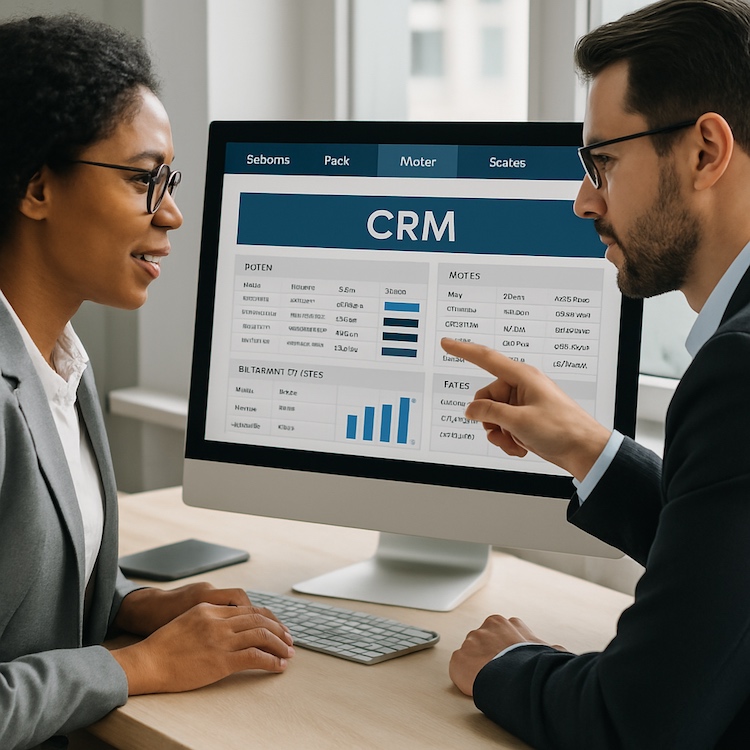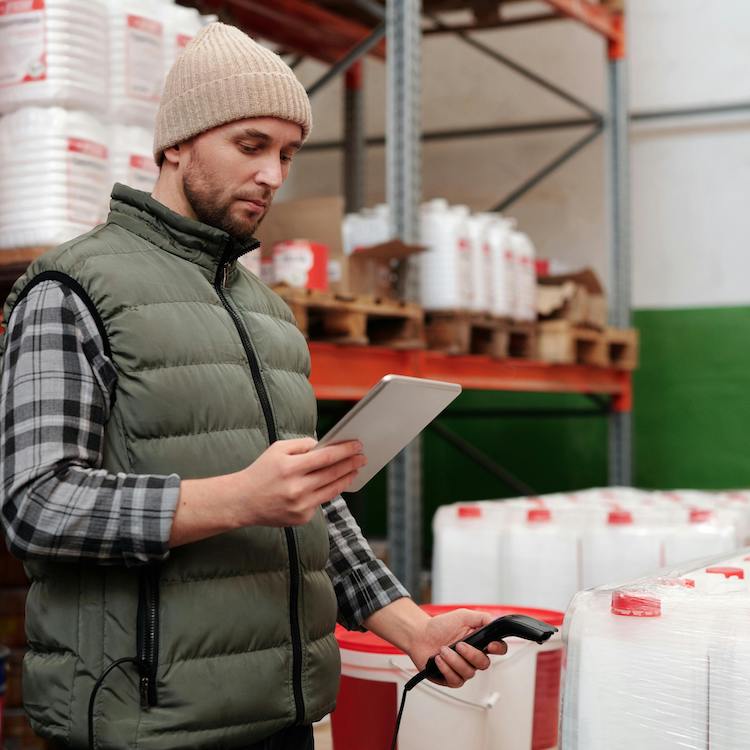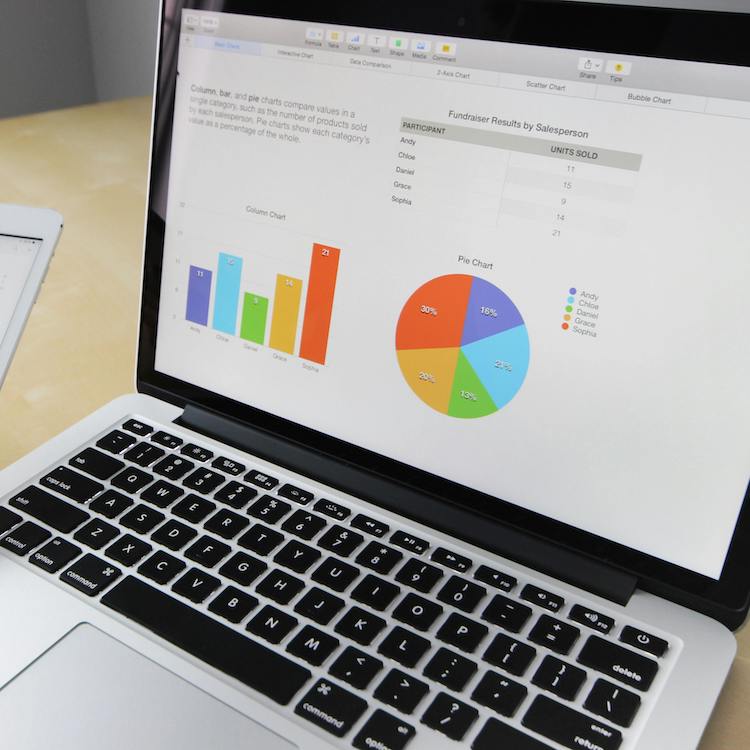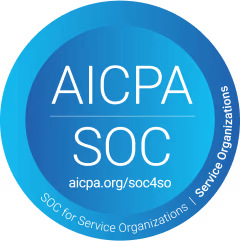Explore automation possibilities across business functions. Start with one process, scale to your entire organization.

Retail & E-commerce

Marketing

Sales

HR & People Ops

Finance

Support

IT & DevOps

CRM & Outreach

Operations

Legal

Analytics

Project Management
Our AI-powered automation workflow ensures seamless execution from start to finish.
Understanding your current workflows to identify automation opportunities.
Pinpointing AI, integrations, and automations that optimize efficiency.
Developing, integrating, and rigorously testing solutions before deployment.
Deploying solutions with ongoing improvements and continuous support.
Unlock efficiency with custom AI automation tailored to your business needs.
Eliminate repetitive tasks with AI-driven automation for increased efficiency.
Integrate AI to streamline operations, improve accuracy, and enhance decision-making.
Leverage AI to process data, generate insights, and automate reporting.
Seamlessly connect your existing tools and platforms for smooth workflows.
Automate cloud processes and integrate APIs to enhance scalability.
Continuous monitoring, maintenance, and support for automation solutions.
Our automations are built with enterprise-grade security, full GDPR compliance, and your data privacy as a top priority. All workflows are deployed on your infrastructure — your data stays with you.



We implement robust security frameworks to ensure governance and compliance across all processes.
Our solutions are fully GDPR compliant, ensuring your data privacy and regulatory adherence.
Manage identities and access with enterprise-grade authentication and authorization mechanisms.
Deploy workflows on your infrastructure to maintain full control over your data.
Gain insights into system operations with comprehensive observability and transparency tools.
Leverage open-source large language models for flexibility and innovation in your workflows.
We leverage the best tools in the automation ecosystem to ensure seamless integration and scalable solutions.

An open-source workflow automation tool. We use it for complex integrations and advanced logic.

Makers of GPT models. We use OpenAI’s APIs for tasks like summarization, classification, and more.

An emerging open-source LLM platform focused on developer-friendly automation.

Creators of Claude, a highly capable AI assistant with strong reasoning and safety alignment.

Google’s flagship AI model suite. We use it for enterprise-grade AI features and experiments.

Meta’s LLaMA models power on-device and private AI use cases. We use it for RAG and inference tasks.

A vector and analytics platform for AI workflows. Great for RAG, search, and classification.

A powerful no-code automation tool. We build scalable, visual workflows across many tools.

A simple way to connect web apps and automate repetitive tasks with minimal configuration.

We use Python for custom logic, scraping, automation scripts, and advanced backend workflows.

An LLM orchestration library. We use it to build custom AI agents and contextual pipelines.

Amazon Web Services for cloud computing, storage, and serverless functions. We deploy our solutions here.
...and over 7000+ applications we seamlessly integrate with.
If an application does not have a direct integration with our systems, we use their APIs to connect seamlessly.
Working with EYT has completely transformed our e-commerce business. Before implementing their solutions, our customer service team was overwhelmed with repetitive inquiries, our cart abandonment rate was hovering around 75%, and we had very limited insights into our customer journey. Within just two months of implementation, their AI chatbot was handling 87% of customer queries automatically, providing instant responses 24/7 and freeing up our team to focus on complex customer needs. The ...
We use cookies to ensure you get the best experience on our website. For more information on how we use cookies, please see our cookie policy.
By clicking "Accept", you agree to our use of cookies.
Our privacy policy.